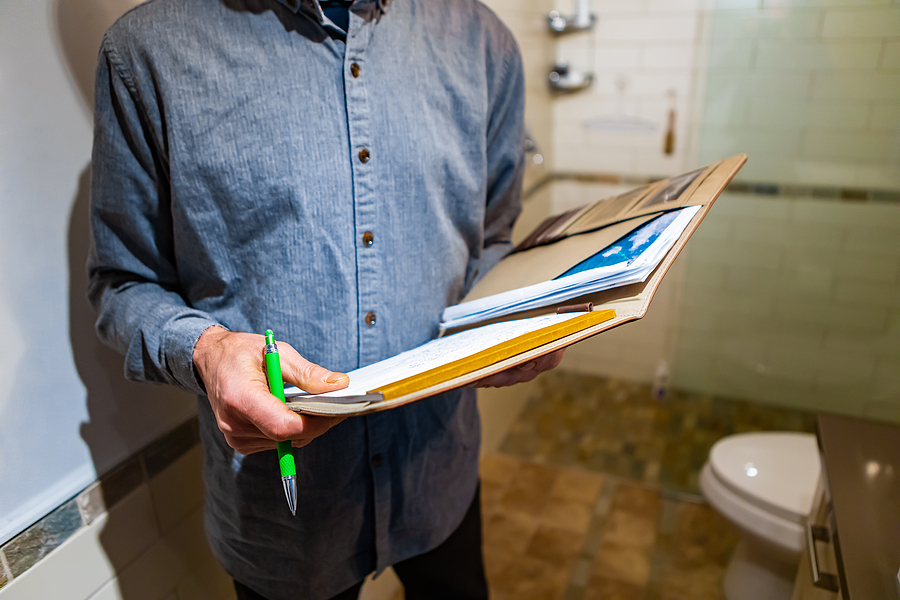8 Ways to Prepare for a Building Insurance Evaluation

When you get new insurance for your building or renew an existing policy, an insurance company representative will typically visit your building to evaluate it before setting insurance rates. To get the lowest possible rates, it’s important to present your building in the best light.
The insurance company will consider the following eight items when evaluating your building and setting the cost of insurance. Making sure these items are satisfactory will help you qualify for the best possible rates.
Hard-Wired Smoke Detectors
Where possible, use hard-wired smoke detectors (with battery backups) for the apartments in your buildings. Hard-wired smoke detectors are wired directly into the building’s electrical system. This setup prevents tenants from disabling the smoke detectors by removing the batteries.
Proper Handrails and Fire Escapes
Make sure all handrails and fire escapes are secure.
Child-Safe Window Hardware
Window guards should be installed on all windows of apartments in which children under age 11 reside.
No Major Cracks on Sidewalk
Check your building’s sidewalk for any major cracks. A major crack is anything that can be a tripping hazard. If it looks like the heel of a high-heeled shoe could get caught in the crack, fix the crack before the insurance company’s inspection.
Fire Doors Closed; Proper Panic Hardware Installed
The building’s fire doors (for example, the door leading to the roof) should be closed and equipped with panic hardware, which allows tenants to exit easily in an emergency by pushing a bar.
In addition, New York City has the following requirements:
- Apartments in buildings with three or more units must have self-closing doors. The doors must open from the inside without a key.
- Fire escape plans must be posted on the inside of every apartment door and in common areas.
Well-Lit, Clear Hallways and Walkways
Make sure the building’s hallways and walkways are well lit so that stairs or obstacles in these areas are clearly visible. Replace any burned-out lightbulbs. Whenever possible, remove any clutter or other potential obstacles to ensure unobstructed travel paths.
Code-Compliant Elevators
Check that your building is up to date on all required elevator inspections. Also, see that elevators are running properly, and don’t violate any building-code requirements. It may pay to have your elevator service company inspect the elevators before the insurance company inspection.
Maintenance Issues Under Control
Make sure that all maintenance issues are under control. For example, before the inspection, be sure to repair any mold conditions and any defects to the building’s façade.
BONUS TIP: Get Credit for Property Upgrades
If you upgrade any of your building’s systems (for example, heating, electric or plumbing), make sure to let your insurance company know. Upon renewing your policy, you should get credit for these upgrades in the form of lower rates.
A version of this article originally appeared in the New York Housing Journal.


Comments (0)